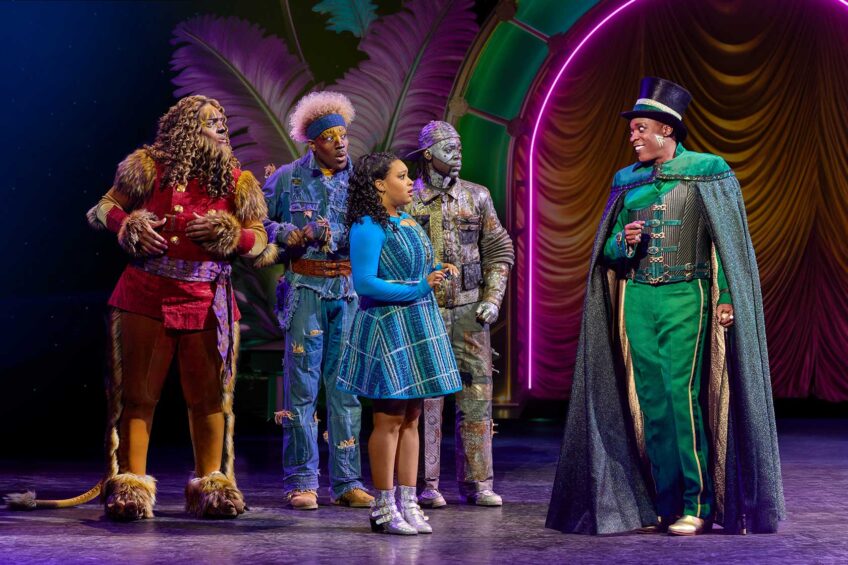
Langston Hughes’ “Black Nativity” has been a Boston tradition for more than 53 years. Produced by the National Center of Afro-American Artists (NCAAA) in Roxbury, the production tells the nativity story with joyful gospel music, a cast of community performers and original choreography.
The production is rooted in Hughes’ original play with music, produced in 1961, but it’s been made uniquely Boston. Influenced by Elma Lewis, the famed local arts educator and NCAAA artistic director, John Andrew Ross, music director, and George Howard, choreographer, the Boston production of “Black Nativity” is one of the longest continuously running shows in the country.
“Certain values have been sustaining over the more than half a century of this production,” says Edmund Barry Gaither, director and curator of the Museum of the NCAAA. “One is that as a show, it brings forward and emphasizes the common humanity that we all share.”
One of the most striking scenes that is unique to the Boston production is the birth of Jesus. Howard choreographed a powerful dance number drawing on African diasporic movements and traditional drumming. The addition of children to the show is another important change that’s blossomed here in the Hub. Even baby Jesus is played by a real infant, and many of the current cast members played Jesus and then grew into other roles over time.
“Black nativity is a cultural property of this community at large,” says Gaither. “You can find lots and lots and lots of people who have performed in it at one time or another, and even more people who’ve gotten to see it at one time or another. So it has woven its way into the fabric of many, many lives over generations.”
Last year, the Banner spoke with Desiree Springer, the ballet mistress of “Black Nativity” and a longtime performer of the role of Mary. Springer attended the Elma Lewis School of Fine Arts and stayed connected with the production into adulthood, performing in it with her children and former husband every year.
That longevity with the show is common. Several cast members have been with the production its entire 53 years, and families will often perform in it annually together. In that way, “Black Nativity” is truly a coming together of the Black community for the holiday season.
The performance runs at the Emerson Paramount Center Dec. 1-17. In ever-challenging times, Gaither hopes the performance will continue to serve as a balm.
“In the recent history, in our national politics, in global politics, we have no shortage of incivility, of dehumanization, of conflict over all sorts of things,” says Gaither. “The birth of every new life is an opportunity for us to strike out on a new path that might lead us to a more peaceful existence with each other.”









